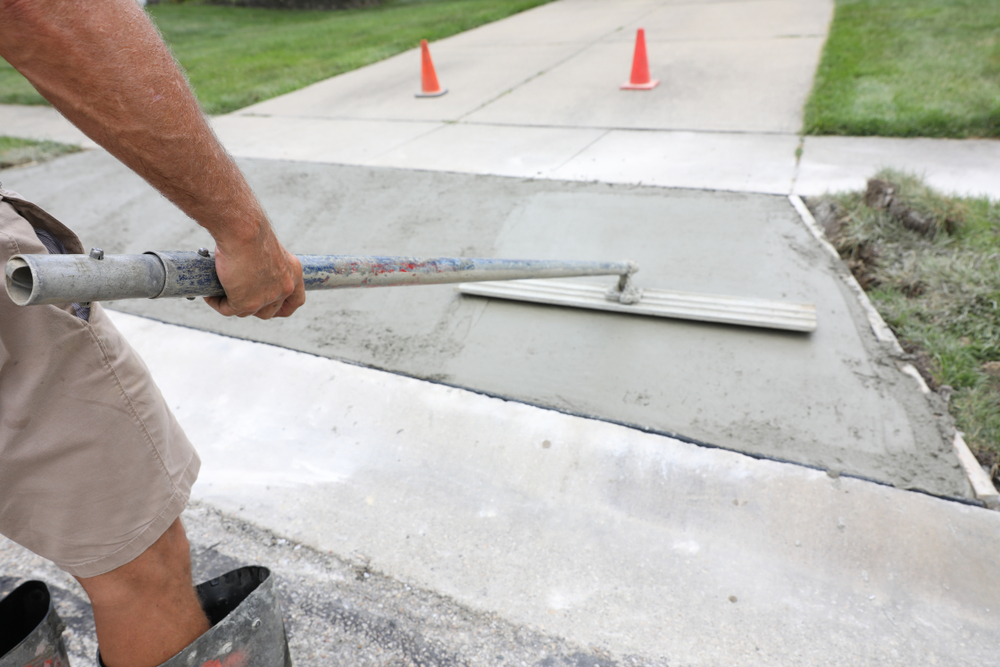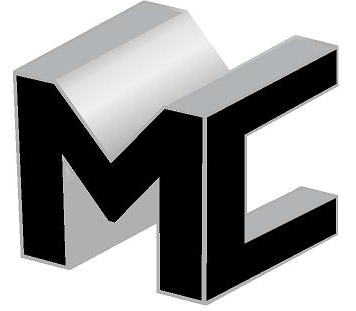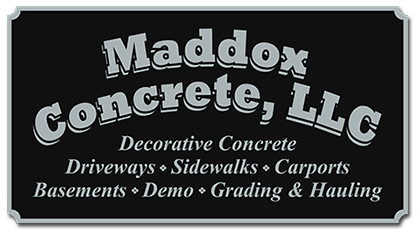
Concrete is a durable and widely used material for both residential and commercial applications. However, even the most robust concrete structures can deteriorate over time. Recognizing the signs of damage early can help you determine whether concrete repair will suffice or if concrete replacement is necessary. One of the most obvious indicators is cracking. While hairline cracks are common and can often be repaired, deep or expanding cracks may indicate structural weakness. Large cracks accompanied by uneven surfaces or shifting slabs suggest foundational problems that require complete replacement.
Spalling, or the chipping and flaking of concrete, is another telltale sign of damage. This typically occurs due to freeze-thaw cycles, exposure to harsh chemicals, or poor installation practices. When spalling extends beyond the surface and affects the structural integrity, a full concrete replacement may be necessary. Additionally, discoloration or staining can be an early warning sign of internal degradation. While some stains can be purely cosmetic, deep-seated discoloration often results from water penetration, leading to further issues like erosion and instability. If your concrete is showing multiple signs of deterioration, it is crucial to assess whether repairs can salvage the structure or if a replacement is the better long-term solution.
Evaluating the Extent of Damage
Determining whether to opt for concrete maintenance, repair, or full replacement requires a thorough evaluation of the extent of the damage. If the deterioration is superficial, such as minor cracks or surface spalling, concrete repair can often restore the area without requiring extensive work. Crack filling, resurfacing, and sealing are common methods of maintenance that can prolong the lifespan of concrete and prevent further damage.
However, if structural integrity is compromised, a more comprehensive assessment is necessary. Concrete that exhibits deep cracks, severe erosion, or sinking may indicate issues with the foundation or underlying soil. When soil erosion or improper drainage is causing the concrete to shift, patchwork repairs will only serve as temporary fixes. In such cases, replacing the entire section is the best way to restore stability and longevity. Additionally, if the concrete has been patched multiple times and continues to degrade, replacement may be more cost-effective than repeated repairs.
Another factor to consider is the age of the concrete. Older concrete, especially that which was installed decades ago without modern reinforcement techniques, may be more susceptible to crumbling and breakage. If your concrete has significantly aged and is showing widespread damage, it is often more practical to replace it entirely rather than investing in continuous maintenance.
Environmental and Safety Concerns
Environmental factors play a crucial role in determining when to replace your concrete. Exposure to harsh weather conditions, such as extreme temperatures, heavy rainfall, and freeze-thaw cycles, can accelerate wear and tear. Areas that experience frequent freezing and thawing are particularly prone to cracking, as moisture seeps into the concrete, expands when frozen, and weakens the structure over time. If the damage is widespread and affects large portions of the surface, replacement becomes the most viable option.
Safety is another critical concern when evaluating concrete replacement. Uneven surfaces, deep cracks, and crumbling edges create trip hazards, especially in high-traffic areas like driveways, sidewalks, and commercial spaces. If your concrete poses a risk to pedestrians or vehicles, replacing it ensures a safer environment. Moreover, deteriorating concrete can compromise the stability of surrounding structures. For instance, a cracked and settling foundation can lead to damage in walls, floors, and even roofs, resulting in costly repairs beyond just the concrete itself. Investing in replacement at the right time prevents further damage and potential liability issues.
Additionally, compliance with local building codes and regulations is an important consideration. In some areas, damaged concrete that poses a hazard must be addressed to meet safety standards. Regular inspections can help identify whether your concrete needs to be replaced to remain compliant with municipal requirements.
Cost Considerations for Concrete Replacement
The decision between concrete repair and replacement often comes down to cost. While repair is usually more affordable in the short term, it may not always be the most cost-effective solution in the long run. Frequent patching and resurfacing can add up over time, making replacement the more economical choice for heavily damaged concrete. Additionally, ongoing maintenance costs should be factored into the decision-making process. If your concrete requires repeated sealing, crack filling, or leveling, it may be more practical to invest in a full replacement to avoid continuous expenditures.
Another financial consideration is property value. Well-maintained concrete enhances curb appeal and increases the overall value of a property. Cracked, stained, or uneven concrete can detract from aesthetics and even deter potential buyers if you plan to sell your home or commercial property. By replacing old and damaged concrete, you not only improve the appearance but also enhance the longevity and durability of your investment.
While the initial cost of replacement may be higher, it often provides long-term savings by eliminating the need for constant repairs. Additionally, modern concrete mixtures and reinforcement techniques offer improved durability and resistance to environmental factors, ensuring that your new concrete will last for decades with proper maintenance.
Choosing the Right Time for Concrete Replacement
Timing is essential when planning for concrete replacement. Ideally, replacement should be scheduled during moderate weather conditions to ensure proper curing and installation. Extreme heat or cold can affect the setting process, potentially compromising the quality of the new concrete. Spring and early fall are typically the best seasons for replacement projects, as they offer favorable temperatures and lower chances of weather-related delays.
It is also important to consider the impact of concrete replacement on your daily activities. Replacing a driveway, for instance, may temporarily limit vehicle access, while commercial projects may require strategic planning to minimize disruption to business operations. Working with a professional contractor can help ensure a smooth and efficient replacement process.
Conclusion
Regular inspections and proactive concrete maintenance can help you identify the right time for replacement before major problems arise. By addressing deteriorating concrete promptly, you can avoid costly emergency replacements and maintain the safety and functionality of your property. Whether you are dealing with structural issues, environmental wear, or aesthetic concerns, understanding when to replace your concrete is essential for long-term durability and value.
Need Concrete Contractors in Sanford, NC?
We are the area’s best concrete company. We specialize in concrete finishing of all types of concrete for residential and commercial customers. Our services include pavement, driveways, footings, sidewalks, decorative concrete, hauling, demolition, and property grading. We’re fully insured. Contact us today for quality workmanship and service.

